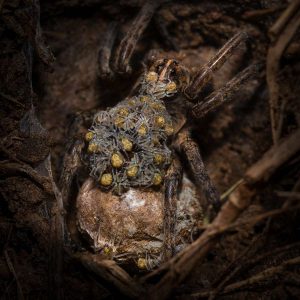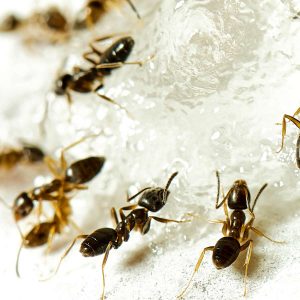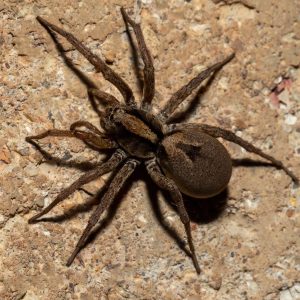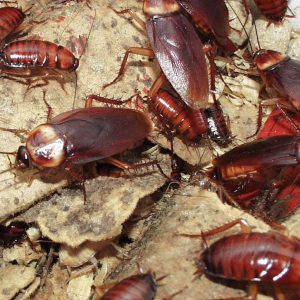These little stinkers take their name from the strong, rotten-coconut odor they emit when crushed. Blackish-brown in color, odorous house ants are very small, averaging only 1/8″ long. They aren’t directly dangerous to humans, but their huge colonies can contaminate food stores with alarming speed. And if you see one odorous house ant, there’s a good chance thousands more are nearby. They can thrive both indoors and outdoors, and may relocate their nests frequently. In short, this type of ant can be one of the more challenging pests to get rid of. But what are odorous house ants’ weaknesses, and how can they be exterminated?
Understanding Odorous House Ant Habitats
Odorous house ants often build outdoor nests in areas with lots of wood and leafy material on the ground, like mulched gardens, wood piles, and shrubs. These creatures are very skilled at finding routes into buildings; they may enter through small cracks around doors and windows or through holes in walls and foundations.
Once inside, they often build new nests in warm, damp places like wall voids, crawl spaces, and around leaky plumbing fixtures (always repair plumbing leaks promptly to discourage pests). They may also live behind paneling and under carpets. Their adaptability to both indoor and outdoor conditions is one of characteristics that makes them difficult to stamp out entirely.
The other challenge is that they often produce multiple queens that form multiple colonies on the same property. You may think you’ve you exterminated odorous house ants in one nest, only to find them thriving in another nest a few feet away. Odorous ants can quickly spread to new nests by a process called swarming, which occurs when a colony produces winged males and females that fly off to form new colonies with new queens.
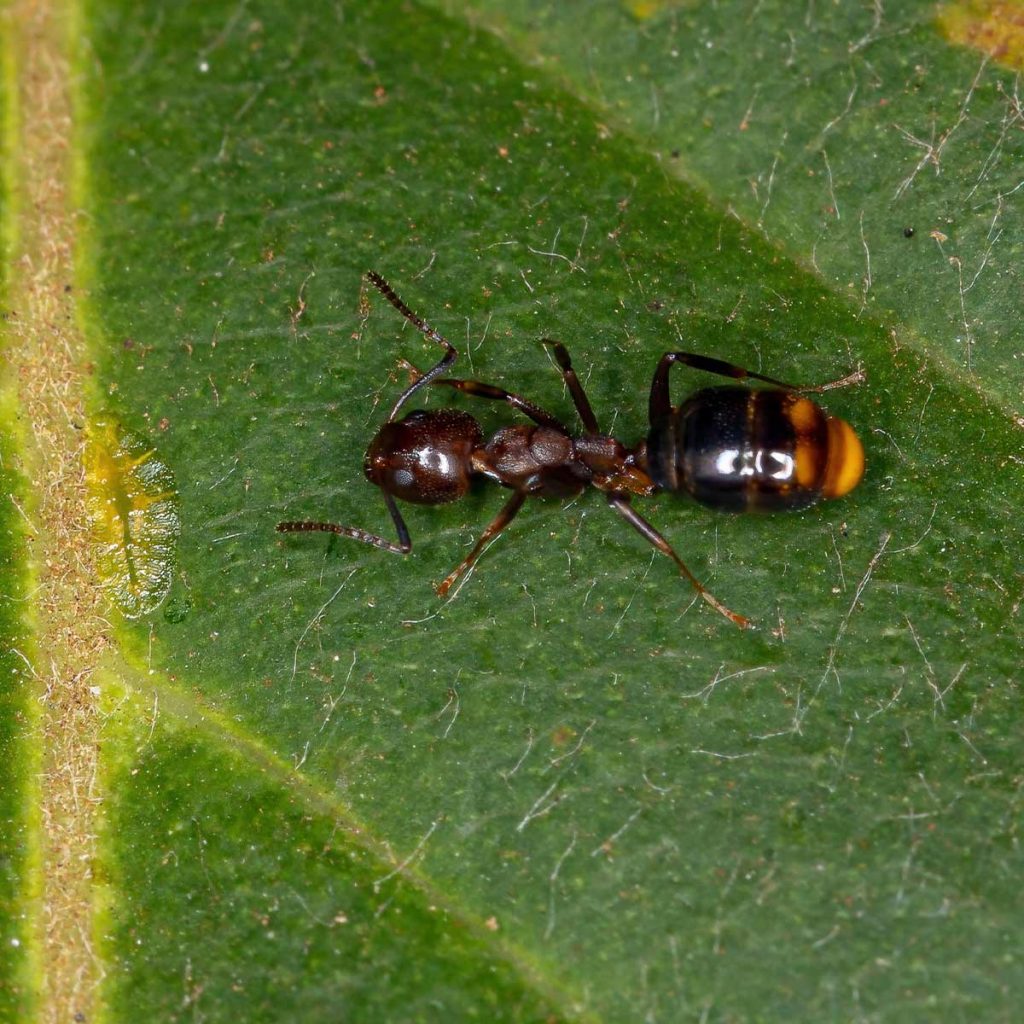
Happy Trails: Odorous House Ant Scouts Mark the Path to Food
Scout ants are female workers whose job is to find food and leave a pheromone trail for other ants to follow from the colony. Then the real party begins at your place when the rest of the ants follow the trail and start collecting food on a large scale.
What are the Weaknesses of Odorous House Ants?
The best defense against most pests is cleanliness, and this species is no exception. If you don’t provide them with food and water, they will be far less inclined to cohabitate with you. Keep all food in sealed containers, clean up spills promptly, and empty garbage frequently when food has been thrown away.
And, like any other pest, ants can’t enter your building without an opening. Inspect external building perimeters for gaps, cracks, or other small voids; it only takes one tiny breach to provide access to a colony of thousands. Then work backward from the inside of the building, backtracking any visible trails of ants to their entry points. Seal any openings with caulk or perform other appropriate repairs.
Also be sure to trim any trees, shrubbery or grasses that are touching structures, as ants can use these “bridges” to gain entry at higher points in the building.
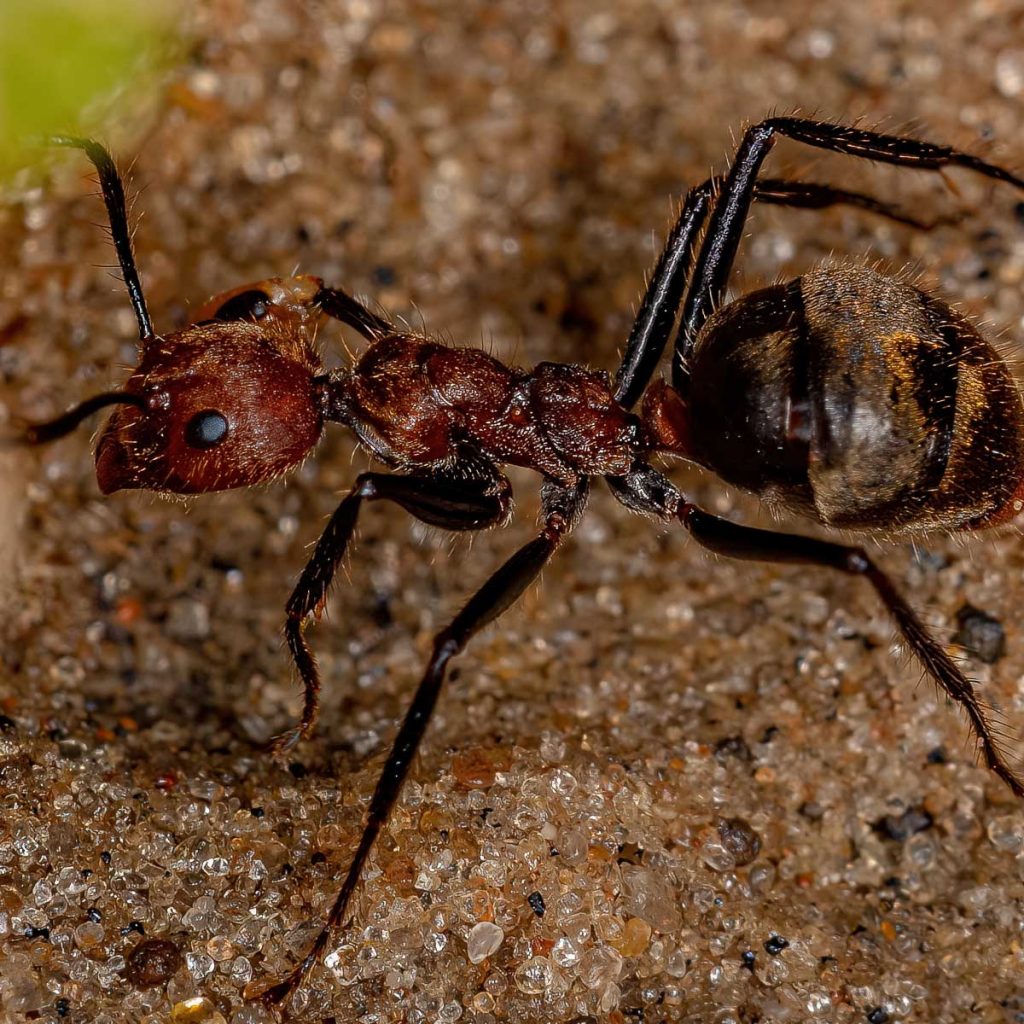
Do Insecticides Work on Odorous House Ants?
Insecticides can be very effective against this pest, as long as you perform the right steps in the right order and are prepared to apply multiple treatments over several weeks. First, remove all food and standing water, then seal the perimeter, as mentioned above. Next, place toxic ant baits on established traffic routes, both indoors and outdoors (assuming you can keep indoor baits completely isolated from humans and pets). Workers carry the bait back to the nest to poison the rest of the population, including the queen. But again, this species may attack your property from multiple nests ruled by different queens, so it can be difficult to eradicate the total population with one treatment.
The next step is to spray a barrier of insecticide around the entire ground perimeter of the building to prevent further entry. This may have to be reapplied after rain or snow.
Only then should insecticide sprays be used to directly attack nests. If you start by spraying the nest, you’ll likely leave large numbers of ants alive to carry on in a new location on your property.
A Note on Insecticide Safety
Over-the-counter insecticides are extremely hazardous to humans, so always follow all safety instructions and wear all recommended safety equipment. There’s no reason to spray odorous house ants indoors, as this will only kill the workers that happen to be visible without significantly affecting the overall population.
Chemical insecticides used by professionals are also highly poisonous to humans, but the expertise and application methods used by professionals make them much safer for humans. Green pest control professionals utilize specialized tools, and they have been trained to apply chemicals with minimum danger to non-targeted species.
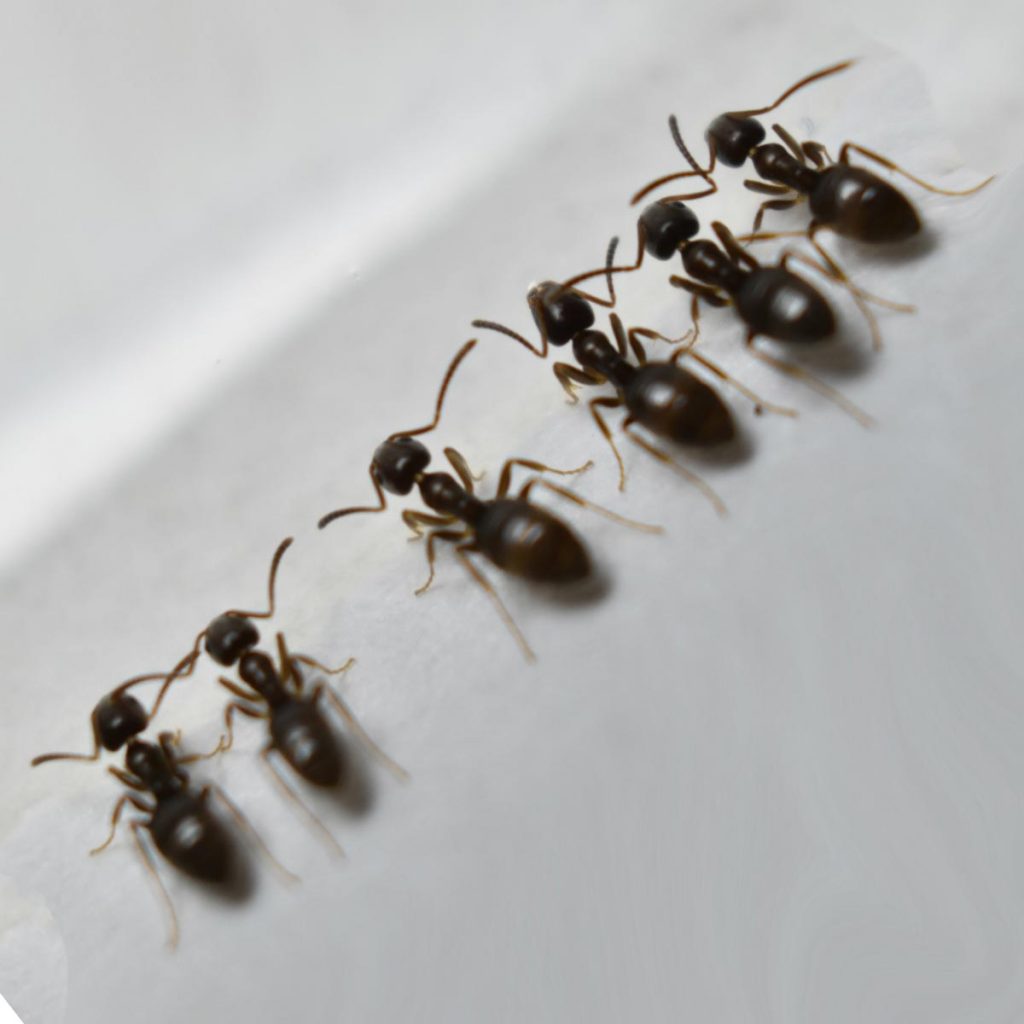
Should I Call a Pest Professional if I have Odorous House Ants?
Most homeowners could probably solve an odorous house ant problem without professional help, as long as they’re willing to put in the time. First, you’ll need to positively identify the species, which may require a bit more research on ant identification. If it turns out you have a different species, you may need to use a different strategy.
Be prepared to work at the problem for days or weeks. If you fail to eradicate the entire population on the first pass, you will need to stay alert and continue to perform inspections. You may have to re-apply baits and perimeter sprays, as well as spraying additional nests as you discover them.
Although DIY treatments can cost less money than professional help (although not always), many property owners prefer to call a professional to solve an odorous house ant problem in short order, so they can be done with it. The only way to guarantee that these and other pests will leave you alone in the long term is to work with a green pest control professional who can establish an Integrated Pest Management Plan for your property. This can be the most cost effective—and certainly the least troublesome—way to forget about pests once and for all. The results are guaranteed, and it’s the safest, most environmentally friendly way to tackle the problem.
Learn more on the Go Green Pest Control website, or give us a call to chat with a professional: (316) 733-0687 in Wichita or (785) 377-0687 in Manhattan and Junction City.

